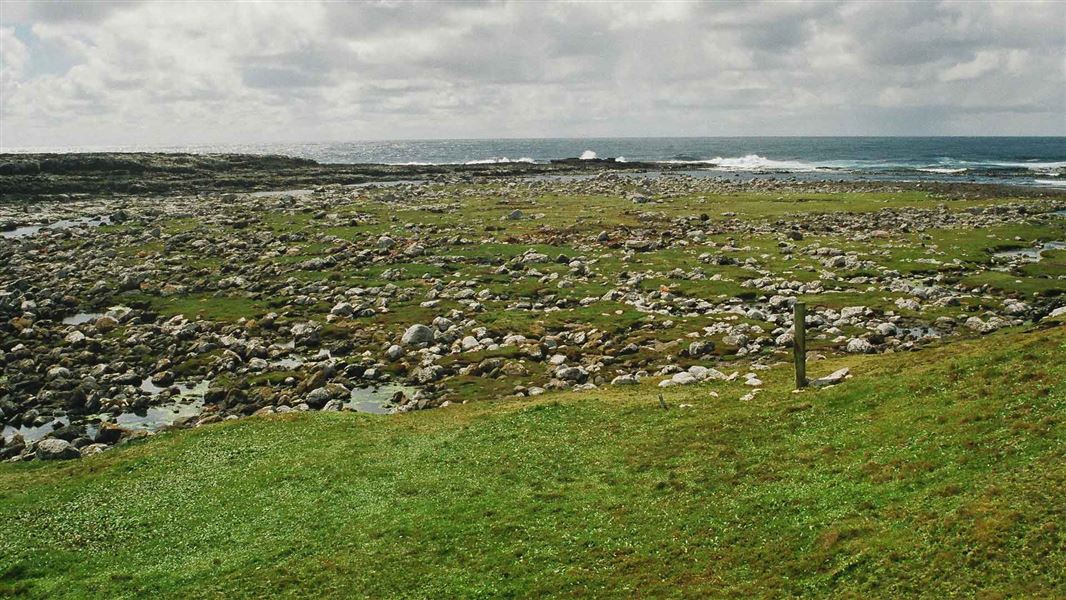
Introduction
The Derry Castle grave site on Enderby Island is a poignant reminder of the subantarctic shipping disasters which were so common during the late nineteenth and early twentieth century.On 20 March 1887 the Derry Castle, laden with a cargo of wheat and en route to Falmouth, was wrecked on a reef off Enderby Island. Of the 23 crew, 15 were drowned.
The eight survivors made landfall and found the Stella Hut, a government castaway depot, empty of provisions. After ten days without any relief from the weather they finally managed to explode a revolver cartridge and get a fire going.
They built small round thatched huts adjacent to the Stella Hut. Eventually they built a punt and reached another government supply depot at Erebus Cove, where they found much needed provisions. They remained there until their rescue 93 days later. Their punt is on display at the Southland Museum and Art Gallery, Invercargill as part of their Roaring Forties gallery.
Of their drowned crewmates, three bodies washed ashore at the time of the wreck, followed by another two a month later. They were buried by the survivors on the coastal terrace above the reef.
The graves were marked by flotsam from the wreck, including the ship’s wheel and figurehead which were erected to mark the burial in 1888 by Captain Fairchild – Fairchild was servicing castaway provisions in the government steamer). The figurehead was removed during World War II and is now in the collection of the Canterbury Museum.
A wooden memorial tablet, carved and painted by the WWII coastwatchers to mark the burial, was placed at the site in February 1943 to replace the removed figurehead. In 1973 this decaying marker was taken to the collections of the Canterbury Museum, and was replaced by a more robust relica.
This, in turn, was replaced by Rodney Russ of Southern Heritage Expeditions in 1996 with a granite plaque, which is the only reminder of the burials on site today.
Further reading
- Dingwall, P, Jones, K, and Egerton R, In Care of the Southern Ocean, An archaeological and historical survey of the Auckland Islands, New Zealand Archaeological Association Monograph 27, Auckland, 2009.